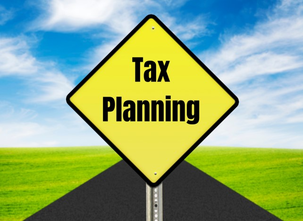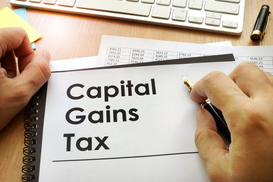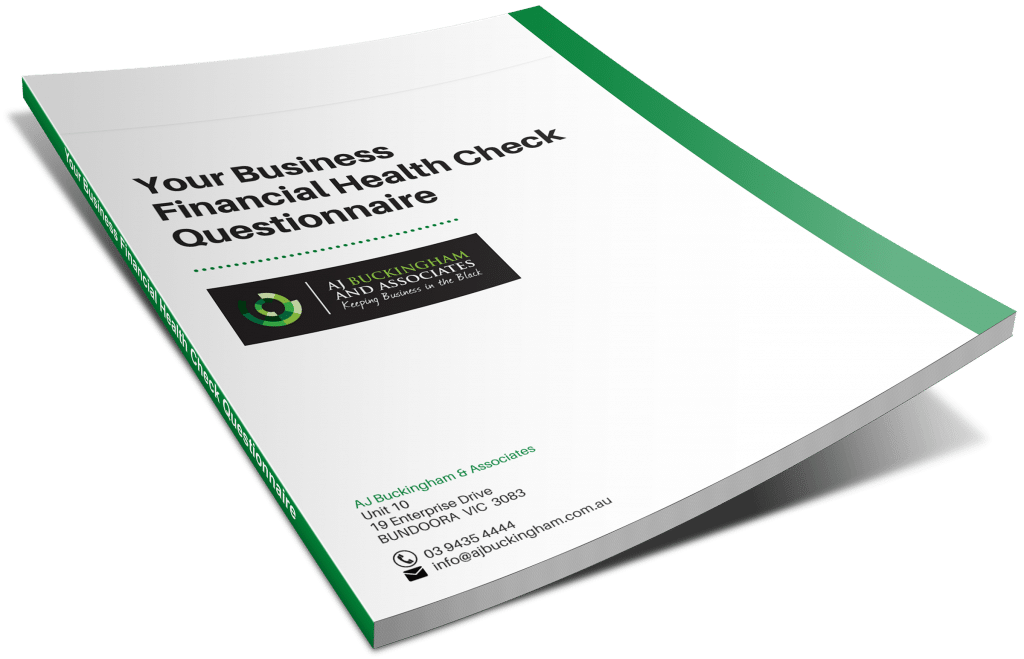As we approach the end of the 2022 financial year, tax planning has never been more important. As accountants, we believe our client brief includes helping you minimise your tax liability within the framework of the Australian taxation system. The purpose of this article is to highlight some end of year tax planning opportunities – but you need to be proactive to take advantage of these strategies. We encourage you to schedule a meeting with us as soon as possible to assess your tax planning options.
To assist you we have put together a list of strategies to consider before June 30 and note:
- To maximise the benefits for the current financial year, we suggest you prepare a preliminary calculation of your taxable income for the year ending June 30, 2022 to identify the size of your likely tax debt and establish if you have a tax ‘problem’.
- Review all tax-deductible expenses and assessable income in the latest available figures to determine the possibility of pre-paying some expenses before June 30 or deferring some revenue until after July 1, 2022.
Please note, the following list of tax planning opportunities is certainly not exhaustive and depending on your circumstances (including your turnover and whether you are on a cash or accruals method of accounting), some conditions may apply that restrict your use of these strategies.
If you would like to discuss your tax planning options, we urge you to contact us today and most importantly, don’t leave it until the last minute as some of these strategies require some time to implement.
KEY TAX MINIMISATION STRATEGIES
1. Delay Deriving Assessable Income
One effective strategy is to delay deriving your income until after June 30, 2022 by:
a) Delaying the timing of the derivation of income until after June 30
b) Timing of raising invoices for incomplete work (businesses).
Where this strategy will not adversely affect your cash flow, consideration should be given to deferring the recognition of income until after 30 June 2022. Please note, not banking amounts received before June 30 until after June 30 does NOT qualify because the income is deemed to have been earned when the money is received or the goods or services are provided (depending on whether you are on a cash or accruals basis of accounting).
- Cash Basis Income – Some income is taxable on a cash receipts basis rather than on an accruals basis (e.g. rental income or interest income in certain cases). You should consider whether some income can be deferred in those instances.
- Consider delaying the raising of your invoices to customers until after July 1, which will push the derivation of the income into the next financial year and defer the tax payable on that income. If you operate on the cash basis of accounting, you simply need to delay receiving the money from your customers until after June 30.
- Lump Sum Amounts – Where a lump sum amount is likely to be received close to the end of a financial year, you should consider whether this amount (or part thereof) can be delayed or spread over future periods.
2. Bringing Forward Deductible Expenses or Losses
Prepayment of Expenses – In some circumstances, Small Business Entities (SBE) and individuals who derive passive type income (such as rental income and dividends) should consider pre-paying expenses prior to 30 June, 2022. A tax deduction can be brought forward into this financial year for expenses like:
- Employee Superannuation Payments including the 10% Superannuation Guarantee Contributions for the June 2022 quarter (that have to be received by the Superannuation Fund by June 30, 2022 to claim a tax deduction)
- Superannuation for Business Owners, Directors and Associated Persons
- Wages, Bonuses, Commissions and Allowances
- Contractor Payments
- Travel and Accommodation Expenses
- Trade Creditors
- Rent for July 2022 (and possibly future additional months)
- Insurances including Income Protection Insurance
- Printing, Stationery and Office Supplies
- Advertising including Directory Listings
- Utility Expenses – Telephone, Electricity and Power
- Motor Vehicle Expenses – Registration and Insurance
- Accounting Fees
- Subscriptions and Memberships to Professional Associations and Trade Journals
- Repairs and Maintenance to Investment Properties
- Self-Education Costs
- Home Office Expenses – desk, chair, computers etc.
- Donations to deductible gift recipient organisations
- If appropriate, consider prepaying any deductible investment loan interest. This could include interest payments on an investment loan for either an investment or commercial property or an investment portfolio you hold.
A deduction for prepaid expenses will generally be allowed where the payment is made before June 30, 2022 for services to be rendered within a 12 month period. While this strategy can be effective for businesses operating on a cash basis (not accruals basis), we never recommend you spend money on items you don’t need. However, paying expenses in June that are due in July could save you some tax this financial year. Of course, this only works if you have sufficient cash flow to pre-pay the expenses.
Superannuation Contributions – some low or middle-income earners who make personal (after-tax) contributions to a superannuation fund may be entitled to the Government co-contribution. The amount of Government co-contribution will depend on your income and how much you contribute. (Refer to the Superannuation Section below for more information).
Capital Gains/LossesNote that the contract date (not the settlement date) is often the key sale date for capital gains tax purposes and when it comes to the sale of an asset that triggers a capital gain or capital loss, you need to consider your overall investment strategy when making the decision to sell.
Here are several important points regarding the management of capital gains and capital losses on sale of your assets from a tax planning perspective:
- If appropriate, consider deferring the sale of an asset with an expected capital gain (and applicable capital gains tax liability) until it has been held for 12 months or longer. By doing so, you could reduce your personal income tax. For example, if you hold an asset for under 12 months, any capital gain you make may be assessed in its entirety upon the sale of that asset. * A capital gain will be assessable in the financial year that it’s crystallised.
- If appropriate, consider deferring the sale of an asset with an expected capital gain (and applicable capital gains tax liability) to a future financial year. By doing so, you could help reduce your personal income tax for the current financial year. This could also be of benefit if, for example, you expect that your income will be lower in future financial years compared to the current year.
- If appropriate, consider off-setting a crystallised capital gain with an existing capital loss (carried forward or otherwise) or bringing forward the sale of an asset currently sitting at a loss. By doing so, you could reduce your personal income tax in this financial year. Note that a capital loss can only be used to offset a capital gain.
Accounts Payable (Creditors)
If you operate on an accruals basis and services have been provided to your business, ensure that you have an invoice dated June 30, 2022 or before, so you can take up the expense in your accounts for the year ended 30th June 2022.
Businesses Should Also Consider:
- Stock Valuation Options – Review your Stock on Hand and Work in Progress listings before June 30 to ensure that it is valued at the lower of Cost or Net Realisable Value. Any stock that is carried at a value higher than you could realise on sale (after all costs associated with the sale) should be written down to that Net Realisable Value in your stock records.
- Compulsory Superannuation Guarantee – as mentioned above, if you want a tax deduction in the 2021/22 financial year, the superannuation fund must receive the funds by June 30, 2022. The Tax Office doesn’t consider a contribution to be made until the amount is actually credited to a super fund’s bank account, so an electronic transfer to another bank account on June 30 is not necessarily considered paid. We strongly recommend you make the payment a week or so before June 30 and then follow up with the super fund to ensure the funds have been received. Don’t risk the tax deductibility of what can often be a significant amount by leaving the payment to the last minute.
- Write-Off Bad Debts – if you operate on an accruals basis of accounting (as distinct from a cash basis) you should write off bad debts from your debtors listing before June 30. A bad debt is an amount that is owed to you that you consider is uncollectable or not economically feasible to pursue collection. Unless these debts are physically recorded as a ‘bad debt’ in your system before June 30, 2022, a deduction will not be allowable in the current financial year.
- Repairs and Maintenance Costs – Where possible and cash flow permits, consider bringing these repairs forward to before June 30. If you don’t understand the distinction between a repair and a capital improvement, please consult with us because some capital improvements may not be tax deductible in the current year and could be claimable over a number of years as depreciation.
- Obsolete Plant and Equipment – should be scrapped or decommissioned prior to June 30, 2022 to enable the book value to be claimed as a tax deduction.
Immediate Write Off for Individual Small Business Assets & Temporary Full Expensing
The accelerated depreciation and instant asset write-off concession for small businesses has been extended. The eligibility criteria and threshold for the instant asset write-off have changed over time. Any business with an aggregated turnover of up to $500 million will be able to claim a tax deduction for each asset purchased and first used or installed ready for use before June 30, 2022. Qualifying assets can cost up to the $150,000 threshold.
In addition, until 30th June 2022, Temporary Full Expensing means the instant asset write-off thresholds don’t apply as this allows an immediate deduction for:
- the business portion of the cost of new eligible depreciating assets for businesses with an aggregated turnover under $5 billion
- the business portion of the cost of eligible second-hand goods for businesses with an aggregated turnover under $50 million
- the balance of a small business pool at the end of each income year in this period for businesses with an aggregated turnover under $10 million.
In other words, for assets you purchased and first used (or have installed ready for use) for a taxable purpose from 7.30pm (AEDT) on 6 October 2020 to 30 June 2022, the instant asset write-off threshold does not apply. You can immediately deduct the business portion of the asset’s cost under temporary full expensing.
On face value the instant asset write off is a very appealing tax concession, however, there are a number of conditions you need to satisfy. Firstly, the asset must be used in the business for income-producing purposes. The Tax Office have stated they will monitor usage to detect ‘rorts’ so once you lodge your tax return you might get a ‘please explain’ letter from the ATO asking for more details.
Here are some key points to consider:
- For the instant asset write off, the asset can be new or second hand.
- To be eligible, the asset must be purchased by a business turning over less than $50m or $500 million after 12th March 2020.
- The amount must be under $150,000 (depending on date of purchase).
- If you borrow to purchase the asset, the asset is still eligible.
- The asset must be installed and ready to use by the deadline.
- To claim the write off on a motor vehicle you will need to have a valid log book and claim only that percentage of the cost as an immediate write off.
- If you purchase a car for your business, the instant asset write-off is limited to the business portion of the car limit of $60,733 for the 2021/22 income tax year.
- Any attempt to manipulate invoices etc. will attract the ATO’s use of the anti-avoidance rules, thereby eliminating the write off.
- If your business has made a small profit or even a loss, the write off will be of little or no benefit in the current year (losses are not refundable but can be carried forward to the next year).
- Building structural improvements are not eligible for the instant write off.
Checklist of Other Year End Tax IssuesIn addition to the tax planning opportunities, there are a number of obligations in relation to the end of the financial year including:
If you use a Motor Vehicle in producing your income you may need to:
✓ Record Motor Vehicle Odometer readings at June 20, 2022
✓ Prepare a log book for 12 continuous weeks if your existing one is more than 5 years old. Please note, if you commence the logbook prior to June 30, 2022, the usage determined will still be appropriate for the whole of 2021/22. As such, it is not too late to start preparing one for the current financial year.
If you have started an account-based pension: Ensure that you have withdrawn the annual minimum required.
If you are in business or earn your income through a Company or Trust:
- Employer Compulsory Superannuation Obligations: The deadline for employers to pay Superannuation Guarantee Contributions for the 2021/22 financial year is July 28, 2022. However, if you want to claim a tax deduction in the 2021/22 financial year the super fund (or Small Business Superannuation Clearing House) must receive the contributions by June 30, 2022. You should therefore avoid making contributions at the last minute because processing delays could deny you a significant tax deduction in this financial year.
- For Private Company – Div 7A Loans – Business owners who have borrowed funds from their company in prior years must ensure that the appropriate principal and interest loan repayments are made by June 30, 2022. Current year loans must be either paid back in full or have a loan agreement entered into before the due date of lodgement of the company return. Failure to comply risks having it counted as an unfranked dividend in the individual’s tax return.
- Preparation of Stock Count Working Papers at June 30, 2022.
- Preparation and reconciliation of Employee PAYG Payment Summaries (formerly known as Group Certificates). Note you are not required to supply your employees with payment summaries for amounts you have reported and finalised through Single Touch Payroll.
- Trustee Resolutions – ensure that the Trustee Resolutions on how the income from the trust is distributed to the beneficiaries are prepared and signed before June 30, 2022 for all Discretionary (Family) Trusts. If a valid resolution hasn’t been executed by this date, the default beneficiaries become entitled to the trust’s income and are then subject to tax. Income derived but not distributed by the trust will mean the trust will be assessed at the highest marginal rate on this income.
SUPERANNUATION AND TAX PLANNINGINCREASE IN SUPER GUARANTEE CONTRIBUTION RATE
From July 1, 2022 there are two important changes to Super Guarantee (SG) that will apply to to employers. These are:
- the rate of SG is increasing from 10% to 10.5%
- the $450 per month eligibility threshold for when SG is paid is being removed.
This means from July 1:
-
- you’ll need to make SG contributions at the new rate of 10.5%
- employees can be eligible for SG, regardless of how much they earn. You may have to pay SG for the first time for some or all of your employees.
CONCESSIONAL CONTRIBUTION CAP OF $27,500 FOR EVERYONE
The 2021/22 tax-deductible superannuation contribution limit or cap is $27, 500 for all individuals regardless of their age.
If eligible and appropriate, consider making the most of your 2021/22 financial year annual concessional contributions cap with a concessional contribution. Note that other contributions such as employer Superannuation Guarantee Contributions (SGC) and salary sacrifice contributions will have already used up part of your concessional contributions.
The advantage of making the maximum tax-deductible superannuation contribution before June 30, 2022 is that superannuation contributions are taxed at between 15% and 30%, compared to personal tax rates of between 32.5% and 45% (plus 2% Medicare levy) for an individual taxpayer earning over $45,000.






